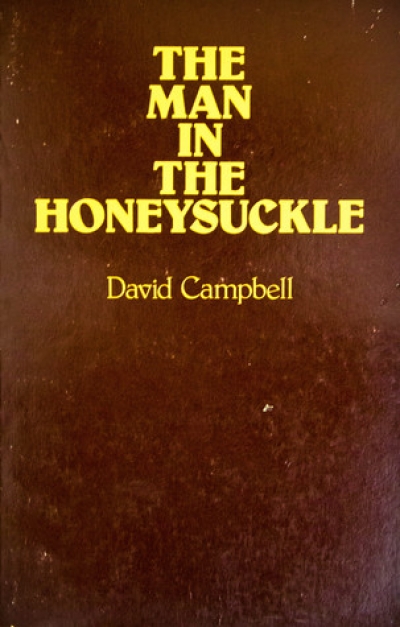This book came out last November four months after David Campbell died, and represents (say the publishers) ‘the very last of his poems’.
Although of late I’ve read just about everything he published, there’s no space here to sum up his work. Besides, Geoff Page (ABR October 1979) has already taken a keenly perceptive look at the past ten years development and has also foreshadowed my comments on this last collection. Quite rightly he points to those poets (Lowell, Hughes, Zbigniew Herbert, Vasko Popa), in whom Campbell found reminders of ‘something he had long had to do’. Their poems, then, were like good parents, teaching their children not to imitate them but to assume their own identities. In The Man in the Honeysuckle, I especially note the influence of Popa: like him, Campbell in many poems cleans away all punctuation and yet the syntax sings clearly, so that we get a new version of the limpid poem we have always expected from Campbell.
...
(read more)

